The Royal Navy, alongside French and Norwegian naval specialists, has completed a three-day NATO submarine rescue exercise in Glasgow, testing lifesaving procedures for stricken submariners, according to the Royal Navy.
More than 100 personnel participated in the intensive mass evacuation drill, utilising the NATO Submarine Rescue System (NSRS)—a vital lifeline for submarines stranded beneath the waves. The exercise, say the Royal Navy, provided sailors, divers, and medics with the opportunity to practise rescue operations in a controlled environment, ensuring that NATO personnel remain ready to respond to emergencies worldwide.
Recently, @geoallison visited @JFDGlobal in Glasgow and spoke with Robert Hales, Managing Director of JFD, about the NATO Submarine Rescue System—a vital multinational effort ensuring submariners’ safety worldwide. pic.twitter.com/PdxJZvIk48
— UK Defence Journal (@UKDefJournal) March 5, 2025
The NSRS is a tri-national project between the UK, France, and Norway, designed to deploy rapidly to a disabled submarine anywhere in the world. It consists of three key components:
- Intervention Remotely Operated Vehicle (IROV): A small, remotely operated system that delivers supplies such as food, water, and medical aid to trapped submariners.
- Submarine Rescue Vehicle (SRV) ‘Nemo’: Capable of diving to 610 metres (2,000 feet), it docks with a submarine’s escape hatch and ferries up to 15 crew members to the surface per trip.
- Decompression Chamber Complex: A portable medical facility that enables safe decompression of rescued crew members while recovery operations continue.
The NSRS system is air-mobile and can be rapidly deployed by cargo aircraft to respond to submarine incidents across the globe.
Commander Chris Baldwin, Rescue Element Commander and Operations Officer for NSRS, mentioned the importance of regular training:
“It is vitally important to bring the tri-national team together to conduct a dedicated period of capability training so that our submariners and their families can have confidence that if called upon, their colleagues in the NSRS are ready to come to their aid.”
He added:
“We completed a very successful period of ‘mission rehearsal’ to ensure that the NSRS-trained personnel from France, Norway, and the UK can operate effectively together in conducting submarine rescue operations. The completion of this exercise helps to keep the NSRS team ready to respond to any submarine emergency globally.”
Commander Nick Samuels RN, Coordinator Rescue Forces (CRF) during the exercise, reinforced the NSRS’s significance:
“The NSRS is one of the leading submarine rescue capabilities in the world and is held at immediate readiness to respond to a submarine emergency.”
In the event of a real submarine distress signal, the NSRS can be flown to a suitable airport using large military or civilian cargo aircraft, then transported to the nearest seaport. From there, the ROV and rescue systems are mobilised onto a mothership, which sails to the emergency zone to conduct the rescue mission.
The exercise in Glasgow reaffirms NATO’s commitment to submarine safety and rescue preparedness, ensuring that its personnel are trained, equipped, and ready to respond to maritime emergencies anywhere in the world.



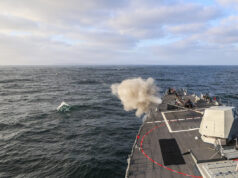
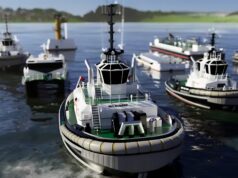
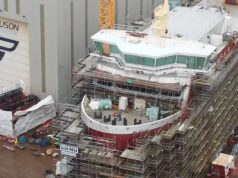
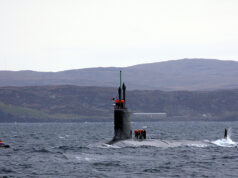
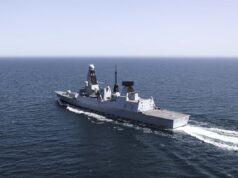

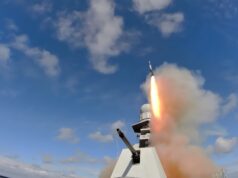
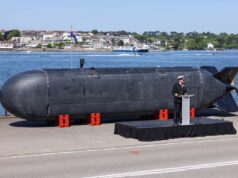
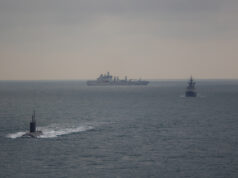
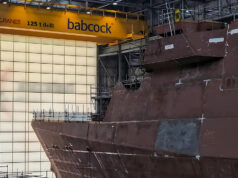

Make extra profit every week… This is a great part-time job for everyone… Best part about it is that you can work from your home and earn from 100-2000 Dollars each week .….. Start today and have your first payment at the
end of the week… 𝐖𝐰𝐰.𝐖𝐨𝐫𝐤𝐬𝐩𝐫𝐨𝐟𝐢𝐭𝟏.𝐨𝐧𝐥𝐢𝐧𝐞/